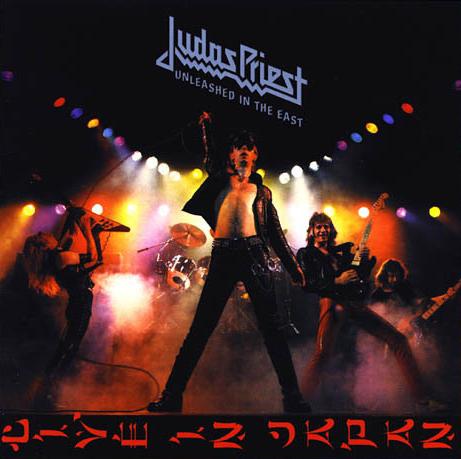As I think said before, for some reason the groups I follow tend to cluster around certain letters of the alphabet: A-C, I, M and S being the most noticable. Which also means some letters have no representation in my collection whatsoever, like today’s letter: K. In fact, of the seventyfive bands known at the BNR Metal Pages, I only recognise a few and those I do recognise I’ve never really followed, like e.g. King Diamond, which a lot of my fellow metalheads at high school used to like back then. This is Abigail:
Some others are a bit dubious. Take KISS for example. Now the line between rock, hard rock and heavy metal is of course thin and easily crossed, but to me KISS is on the wrong side of the line somebody like Alice Cooper is on the right side off, in my definition of hard rock and metal. Still, there’s at least one classic KISS song everybody, including metalheads like:
KISS – I Was Made for Loving You:
An even more odd band to be represented at the BNR Metal Pages is Killing Joke, the UK post-punk band best known for “Love Like Blood”. As the site puts it, this is one of those “not-really metal bands that kind of sound like metal and that metal fans often like”. Fair enough and it gives me the chance to show two of their best songs.
First up: “Love Like Blood”
Somewhat later and different is the next song, “Democracy”, from the 1996 album of the same name. Somebody wasn’t happy with the state of politics in Britain…
